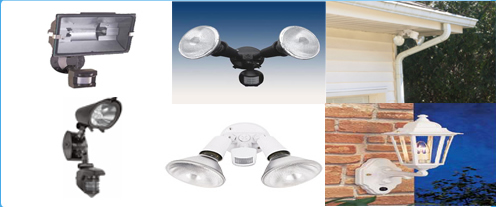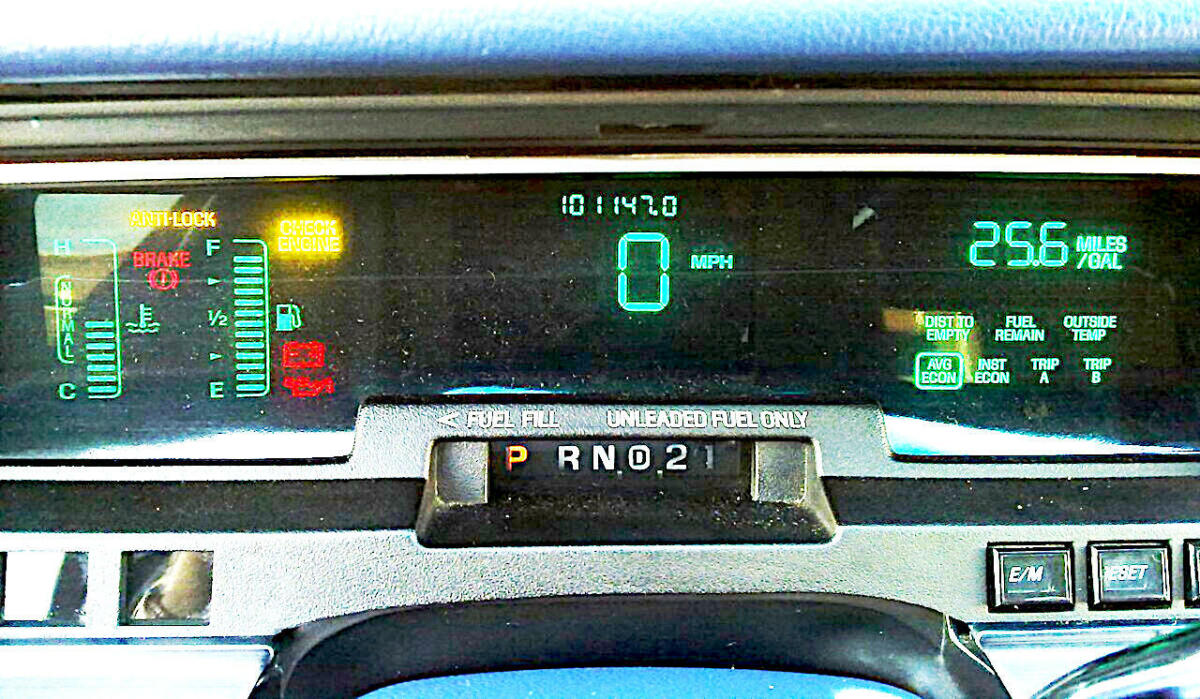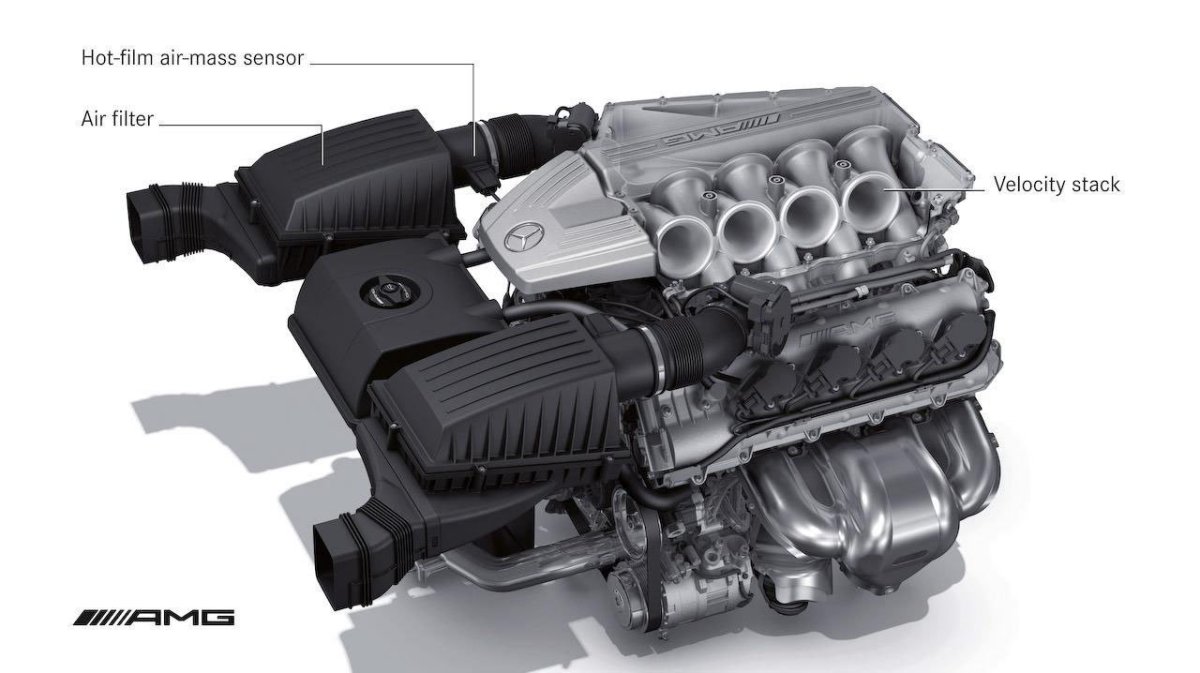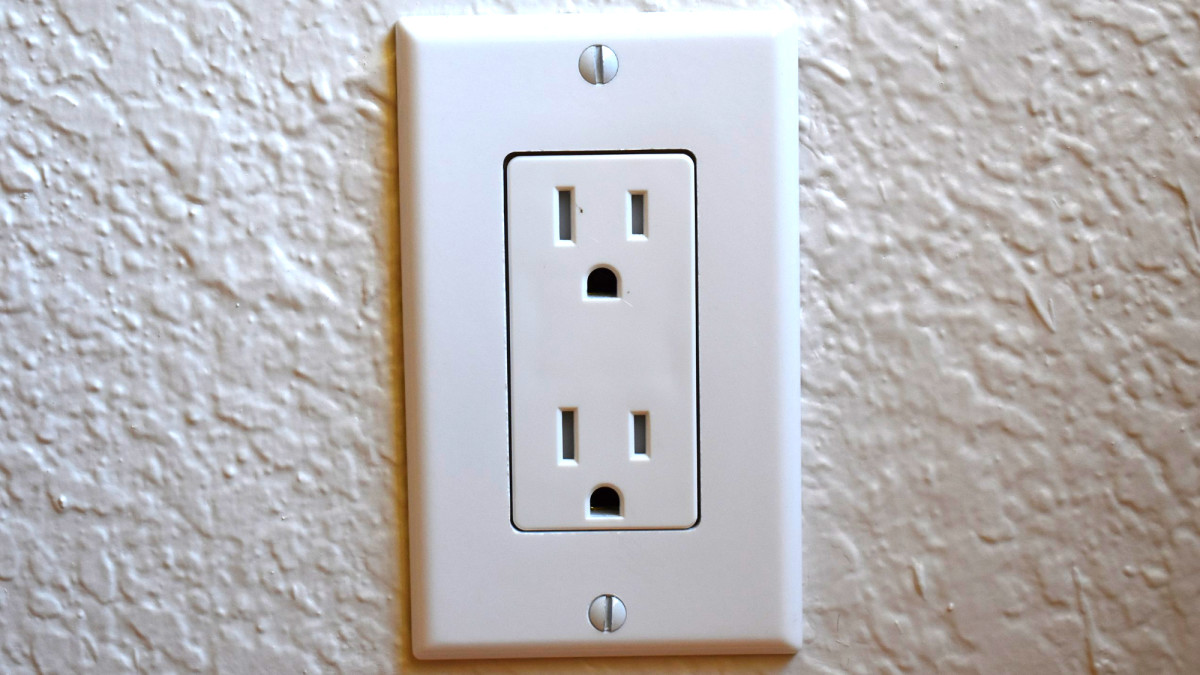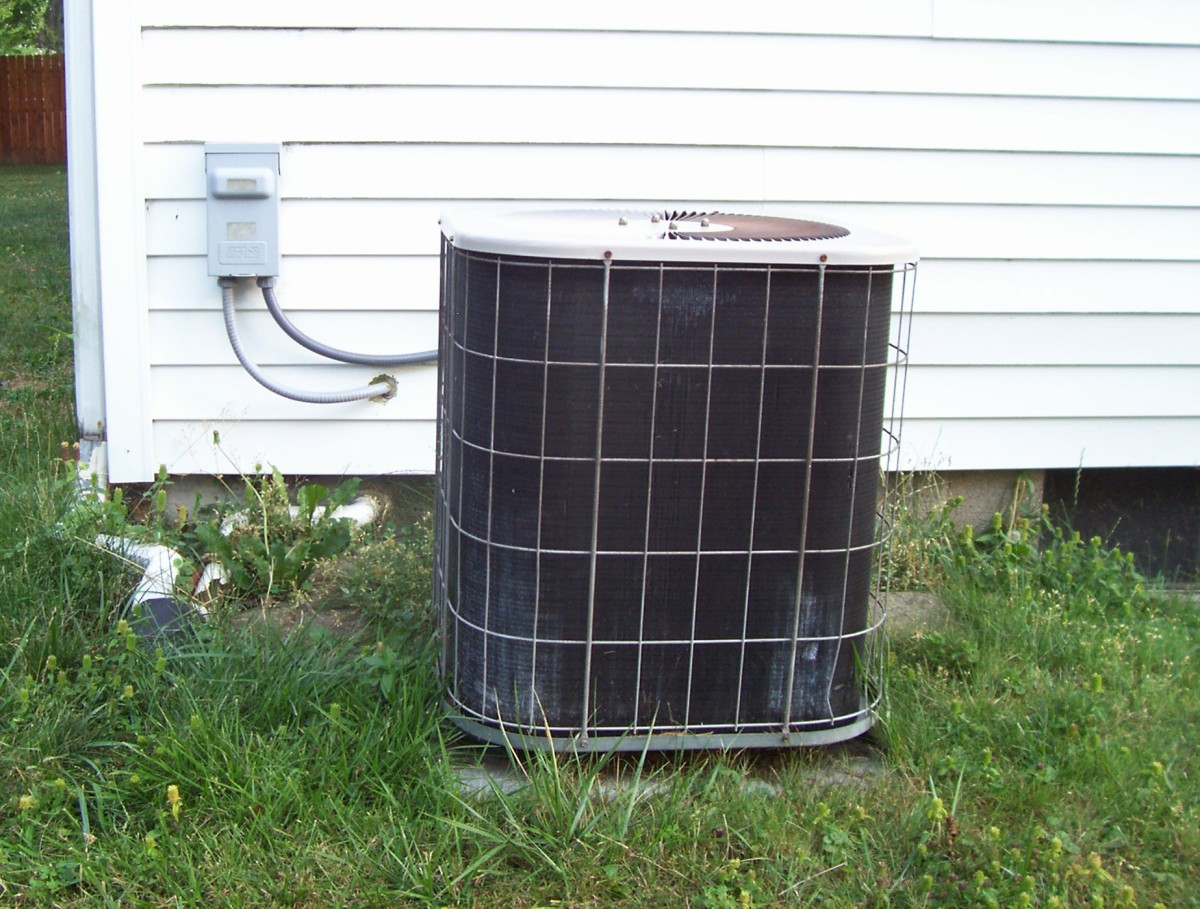The Many Flavors of Motion Sensors
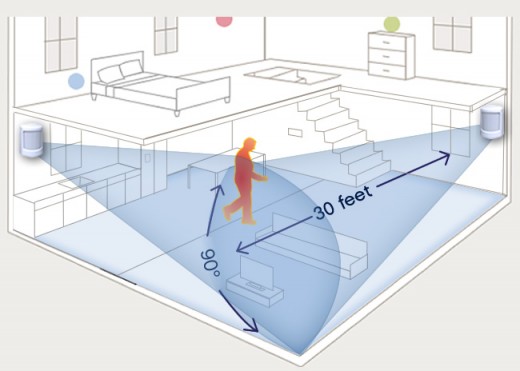
Motion detectors are devices that do exactly what their name implies: detect. Motion detectors detect. It’s how they detect movement that distinguishes different types of motion detectors. Motion detectors are an integral and, often one of the most basic, parts of a security system. Most motion sensors have a range of 15-25 meters. Motion detectors are often connected to automated lights or burglar alarms, creating an effective home security system.
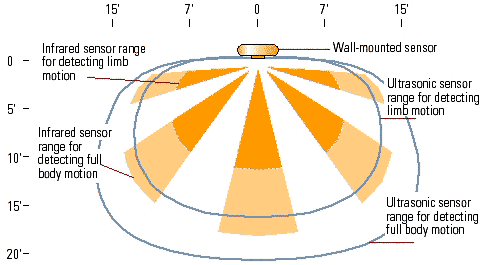
What type of motion sensor works best for you?
Passive vs. Active
There two types of detecting: passive and active. Active detectors send out signals that bounce back to the sensor. These sensors search for movement, and any change in the signal strength activates an alarm. Passive detectors react to signals such as sound waves or heat.
Ultrasonic detectors are a form of active sensor. These sensors emit strong ultrasonic waves that reflect off objects. An object in motion will reflect waves that are stronger and return faster. This is because the distance between the object and the ultrasonic detector is shortened. When an intruder is detected, either a light or an alarm is tripped, depending on how complex the security system is. Because they emit a signal instead of receiving it, they are able to cover larger areas than PIR sensors and are more sensitive. US sensors are prone to false triggering and can be set off by air movement, such as that produced by a person running by a door or the on-off cycling of an HVAC system.
Microwave sensors are another active sensor that emit microwaves and measure the strength and time of the reflected waves. Much like a radar gun, motion is detected by the distance between the object and the sensor. One should be careful in using this type of sensor as their sensitivity means minor movements will cause the system to alert the owner and set off false alarms. Microwave sensors are similar to ultrasonics, in that they emit a signal and measure a change in frequency when that signal is reflected. However, they are seldom used, and little is known about their effectiveness.
How to Install an Outdoor Motion Sensor
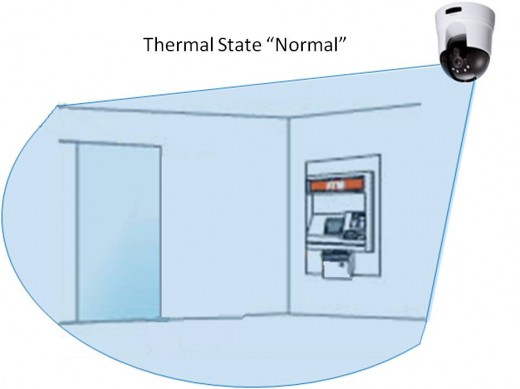
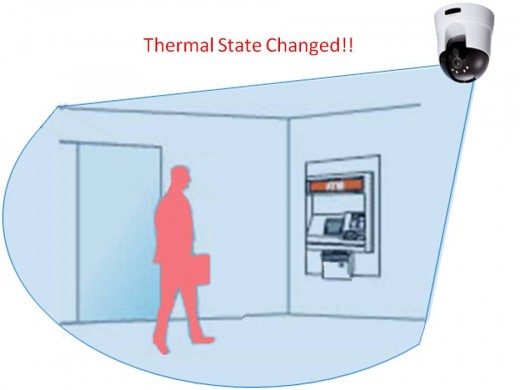
Passive Infrared (PIR)
The most common passive detector is the passive infrared (PIR). PIR sensors allow you to sense motion, almost always used to detect whether a human has moved in or out of the sensors range. They are small, inexpensive, low-power, easy to use and don't wear out. For that reason they are commonly found in appliances and gadgets used in homes or businesses. They are often referred to as PIR, "Passive Infrared", "Pyroelectric", or "IR motion" sensors. The passive infrared is calibrated to detect infrared radiation emitted by the human body. When this radiation crosses the PIR’s infrared field, the detector alerts the owner or, if a camera is attached, the camera begins recording.
The PIR is calibrated to consider a certain temperature range as “normal”, usually between 59-68° F. This is considered ambient temperature and the alarm is tripped if an object enters the field of view with a lower or higher heat register. One of the advantages of the PIR is that adjusts to its environment and learns to consider slowly changing conditions as normal. Sudden changes are what it detects.
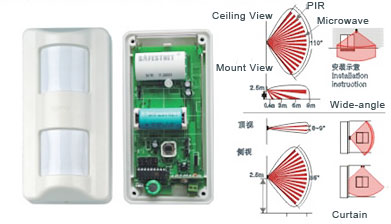
Dual-Technology
The most effective sensor available to the common consumer is the dual-technology motion sensor. The most common issue raised in other types of motion sensors is the one of false alarms. A combination of sensors means that minor motions will not raise red flags. This is because both sensors must be tripped at the same time and since each sensor uses a different detecting technology, the chances of wind or a mouse setting of an alarm are slim. However, since detectors must be set off together, a clever intruder could fool your security system and you wouldn’t anything was wrong until the next morning when your house was missing certain valuables.
The most popular type of sensor is one that combines PIR and microwave detection. Remember, that PIR detects body heat while microwave sensors rely on reflected waves. Usually, a PIR will detect a higher temperature in a single area, activating the microwave sensor. If the sensor does not detect motion coming from the target area, the alarm isn’t tripped. This will save you the headache of having to turn the system off in the middle of the night.
Remember, if you're unsure of how to install a motion detector and you don't want to get hurt, call an electrician.
